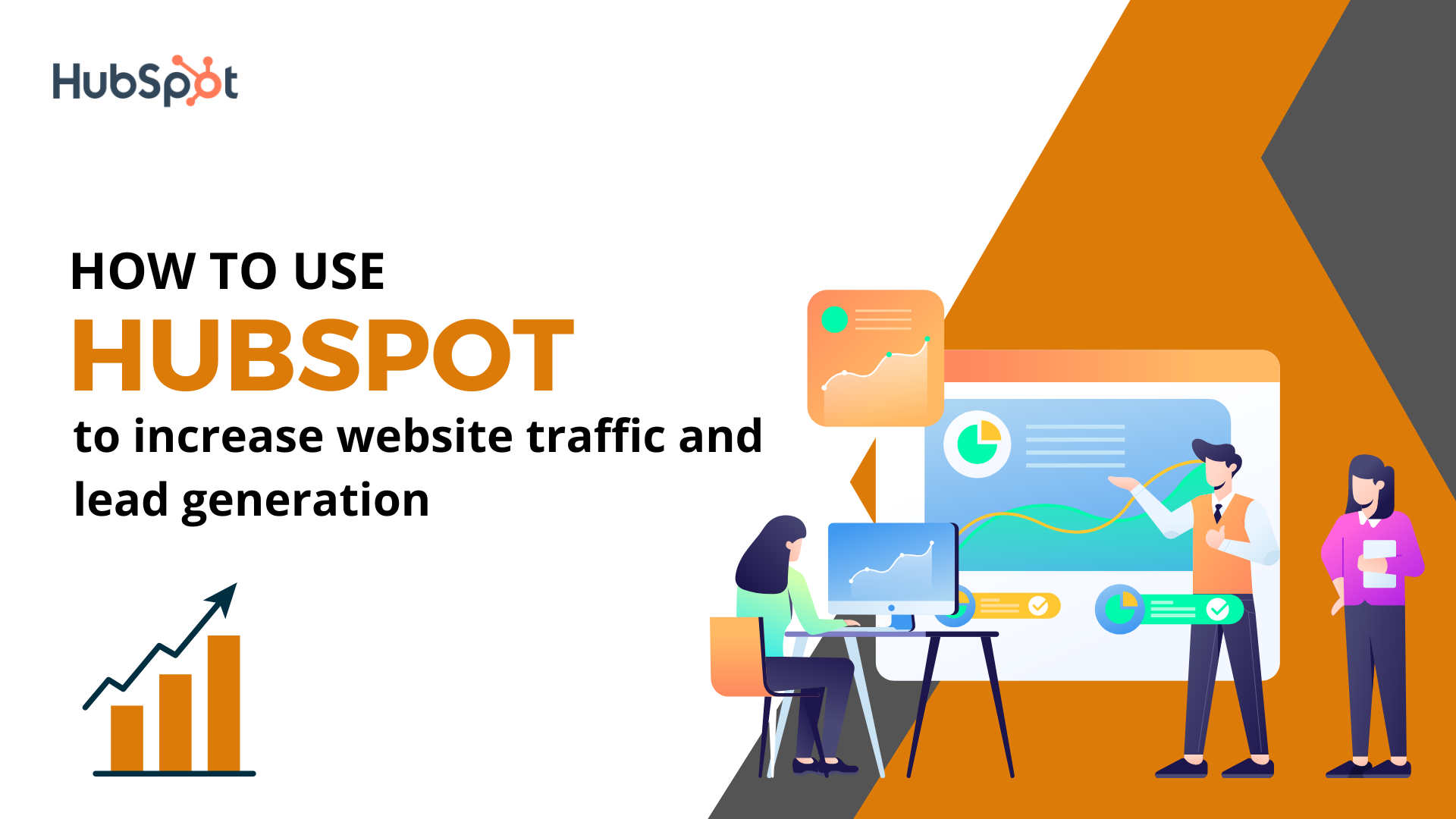WhatsApp continues to be a go-to platform for businesses looking to streamline communication with...
The majority of marketers share the same objective, which is to drive more visitors to their websites. This objective can be achieved via a variety of strategies, such as search engine optimization (SEO), pay-per-click (PPC) advertising, blogging, social media marketing, etc. Increasing more traffic to your website proportionally increases the leads to your website.
Your sales engine needs fuel to keep going, and that fuel is lead. You can use HubSpot to turn website visits into leads, and ultimately into paying customers. Finding and converting inactive website visitors into potential buyers is known as lead generation. An individual who has expressed interest in learning more about your services is referred to as a lead.
All leads are not created equal, though, since more engaged leads are more receptive to a sales call. Knowing your visitors is what lead generation is all about. Getting to know them better by filling out online forms, catching their eye with enlightening, pertinent emails, and striking up a conversation utilizing live chat.
What is HubSpot?
A potent tool designed for your marketing, sales, service, and operations teams is HubSpot. Your entire team may utilize and navigate this product. The software is designed to assist you in developing deep connections with each of your clients. Your HubSpot CRM is no longer a sales tool because everything is accessible from the same interface. It is a tool for business.
How to get HubSpot?
Although HubSpot is specialized in simplifying the marketing, sales, services, and operations of your company, the process of setting it up might be complicated for a common individual. With Amwhiz media you get the complete process of setting up the software from start to end and guiding you throughout the process along with instructions to use. Let’s learn more about how HubSpot can help with traffic increased website traffic and lead generation.
Lead generation with HubSpot:
Lead Information Gathering Using Online Forms
Will a visitor to your website who doesn't contact you ever become a client?
No, the query is not theoretical. Visitors are free to leave your life forever if there is nowhere for them to leave their contact information. The conversation can continue directly if you succeed in getting their attention and they provide you with their contact information. In order to follow up with your consumer later, forms collect their contact information along with other useful data. In the example below, we develop a form to collect fresh newsletter sign-ups.
Sending an email
It's time to court your contact now that you have their contact information and their consent to speak with them. You can turn that contact into a warm lead who is prepared to open their wallet by sending them helpful, tailored, and pertinent emails. We must first construct an active list of all the contacts who have submitted your form. Every new contribution is automatically added to your list when you have an active list.
You can use the email marketing automation platform provided by HubSpot if you're a HubSpot Sales or Marketing Professional to set up timed email sequences that are sent to each contact. A series of sales prospecting emails highlighting case studies, product features, and upcoming webinars is a great approach to warming up a lead.
Having conversations with visitors via live chat
Using the free live chat tool from HubSpot is another approach to creating leads. Instead of completing a contact form, a short live chat is preferred by many visitors. Being accessible for inquiries from visitors is a terrific method to win them over quickly. Your live chat widget can be modified to reflect your brand and greet visitors with an interesting and practical message. To qualify leads, schedule meetings, address FAQs, and other tasks create a chatbot flow.
Increased website traffic with Hubspot:
Creation of Content
The goal of inbound marketing is to get the right customers to your business. Blogging for the purpose of producing content is among the finest ways to do this. You must first comprehend the customer persona you are aiming for in order to create content that will draw the proper visitors to your website. Knowing your target will help you produce content that organically draws people to your website.
Topic Expertise
A higher Google ranking will boost your site's organic traffic. This is what the pillar/topic cluster approach at HubSpot accomplishes. Google gives preference to websites that are recognized as subject matter experts on the topics they cover.
Organic Social Media
Organic social media is not a new tactic, but marketers should still be aware of it. You can use Facebook Messenger, Instagram Stories (hey, swipe up function! ), live video, IGTV, or other channels in addition to posting on social media. Being an early adopter of new features is crucial when using organic social media.
Analysis of the Website
Let's try to understand our cognitive process backward. It's crucial to understand your audience before attempting to attract traffic to your website. To do this, use platforms to evaluate your website and determine where users are coming from and leaving. With this knowledge at your disposal, you can produce the appropriate content to attract the appropriate visitors to your website.
Email List Setup
Utilizing your present audience of readers and clients is a fantastic strategy to increase website traffic. To quickly increase traffic when you publish a new blog or content offer, you can share it with your subscribers and followers. Recurring visitors are beneficial for traffic objectives, conversions, and lead generation on content-heavy websites. And much more tools are provided by HubSpot for traffic generation



